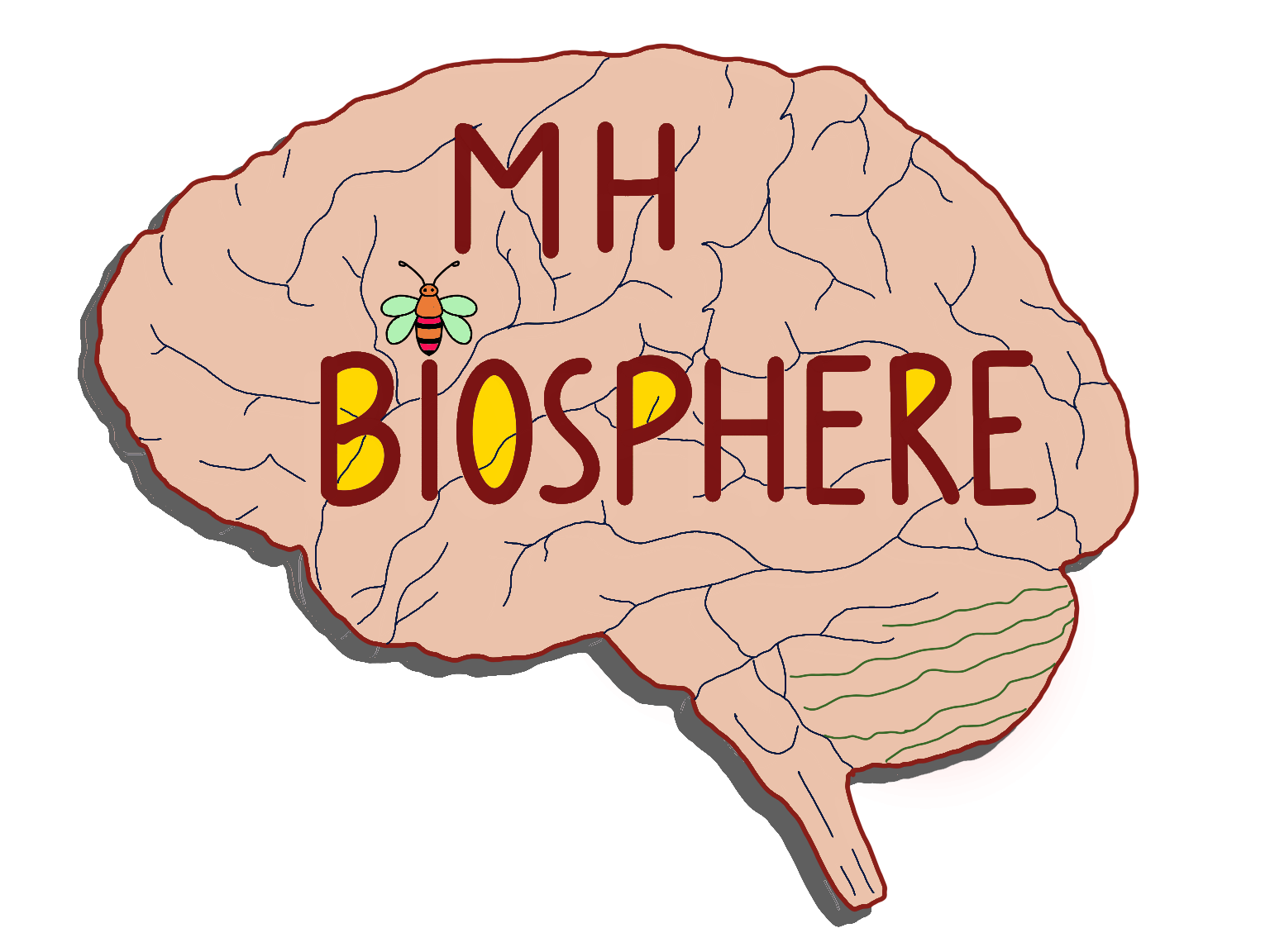With 3.84 billion infections and 38.4 million deaths globally, this miniscule microbe has wreaked havoc. Finding information about COVID has not been easy because it is completely a new scientific pursuit. At first, finding information about this virus wasn’t easy because it emerged completely as a new entity which led to a raging epidemic affecting the whole country severely, due to its high transmission rate and severity.
So, in order to develop safe and efficacious vaccines and therapeutics to combat this deadly virus, understanding the function of the protein, its interaction with the host, and its distribution in the host was necessary for improving treatment strategies. We needed appropriate model species for this research (to address the major difficulties presented by SARS-CoV-2).

And, as always , Drosophila Melanogaster emerged as one of the promising model species for elucidating COVID-19 related problems, due to its 75% genetic similarity to humans. Providing for a robust strategy to examine the conserved action of viral proteins on host cells, necessary for a reproductive infection, their comparatively basic genetics make them very susceptible to genetic manipulation, as well.
Furthermore, the easy & inexpensive maintenance of these flies along with their rapid propagation and short lifespan assist in minimizing the time to get findings as well, which is unquestionably important during an outbreak.
The fruit fly has been successfully used in recent years to study the molecular and physiological aspects of human virus-induced pathogenic effects on host cells, including the human immunodeficiency virus (HIV), ZIKV, Dengue, West Nile, SARS-CoV-2, etc. It helps to understand host antiviral immunity and most signalling pathways are not only conserved from flies to humans but many have been identified and first studied in flies. 90% of the human proteins in the human body that interact with SARS-CoV-2 are conserved between flies and humans. It has 75% genetic similarity with humans. It is maintained easily and inexpensively in the laboratory and rapid propagation and short lifespan reduce time to obtain results.
SARS-CoV-2 genes which affected the central nervous system, life span, motor skills, etc. were studied. Proteins in multiple tissues, in this case, muscle and trachea (fly equivalent of the lung); are affected in COVID-19, moreover, it was found that there are 12 SARS-CoV-2 proteins in flies. Various metabolic risk factors such as diabetes and obesity are related to the more serious presentation of COVID-19. Flies have become a valuable model for studying human nutrition, obesity, diabetes, and metabolic diseases. These existing models can be easily used to study the risk factors of COVID-19. In addition, fruit flies have all major organs affected by COVID-19, including the heart, lungs, muscles, kidneys, blood, and brain. Mammalian models are more reminiscent of human genetics and physiology than fruit flies, but this also raises ethical issues. In addition, the larger the mammal, the longer the gestation period, and the smaller the number of offspring, the more difficult and expensive it is to study. When dealing with a virus outbreak, speed is as important as the ease of use, cost-effectiveness, and profitability of fruit flies. Many genetic tools are unparalleled. Unlike mammals, flies can carry out a large number of genetic and pharmacological studies in the body. Overall, Drosophila has a surprising advantage in the functional study of host-virus interactions, and is a powerful model system that can immediately adapt to and respond to any coronavirus attack.
References :
2.https://www.researchgate.net/publication/347516066_SARS-CoV-
2_protein_ORF3a_is_pathogenic_in_Drosophila_and_causes_phenotypes_associated_with_COVID-19_post-viral_syndrome
3.https://www.frontiersin.org/articles/10.3389/fphar.2020.588561/full
4.https://cellandbioscience.biomedcentral.com/articles/10.1186/s13578-021-00567-8
By:-
Sheetal Kaur
Avneet Kaur Maan
Khushboo Singh
Shubhdeep Kaur
SGTB Khalsa College, University of Delhi


















